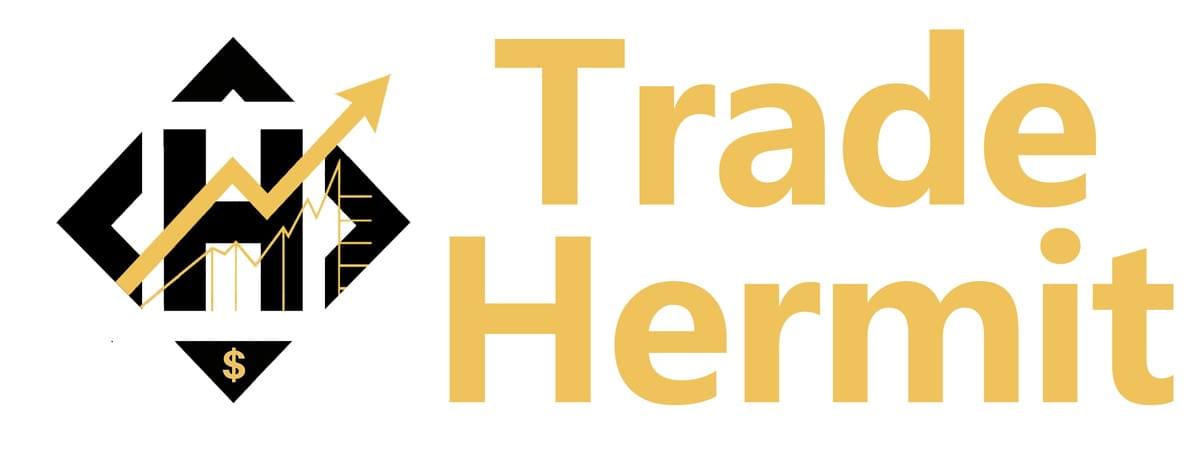Centene Corp., the largest Medicaid-focused managed-care insurer, has faced a rough patch recently. On July 1, Centene withdrew its 2025 earnings guidance after internal data showed lower-than-expected marketplace enrollment in 22 of the 29 states it operates in—and a significantly higher morbidity rate among its Affordable Care Act (ACA) policyholders.
This uncertainty is rooted in the company's misestimation of the health status of its ACA risk pool. As Blake Madden noted, “2025 is shaping up as the year the sector relearns that underwriting discipline — and maybe a touch of humility — still matters.”
Since the announcement, Centene’s stock has dropped around 40%, trading at approximately $30.64 as of July 14.
Although Centene’s Q1 adjusted diluted EPS rose to $2.90, up from $2.26 year-on-year, analysts now expect around $4.31 EPS for 2025 after recalibrating morbidity assumptions.
According to J.P. Morgan, while Centene is attempting to reprice its ACA portfolio for 2026, worsening risk pools may complicate this effort.
The Broader Policy Storm: OBBBA & Medicaid Cuts
At the same time, the One Big Beautiful Bill Act (OBBBA)—signed July 4—includes sweeping cuts to Medicaid, the ACA, and Medicare:
Nearly $1 trillion in Medicaid spending reductions over 10 years
Up to 11.8 million persons projected to lose coverage by 2034
Introduces work requirements and stricter eligibility checks
Cuts to Medicare exceeding $500 billion under PAYGO, unless overridden
These measures are expected to tighten payments to managed-care insurers and raise costs via increased administrative burdens—further pressuring profitability.
What It Means for Centene and the Sector
Medicaid Volatility
OBBBA cuts will reduce Medicaid coverage and compress enrollment—reducing Centene’s momentum in its core Medicaid business.
ACA Market Deterioration
Increased morbidity in risk pools, coupled with subsidies rollback, is likely to raise claims and erode margins.
Profit Pressure & Stock Impact
Wall Street reacts: Centene, UnitedHealth, Aetna, and Molina have already seen guidance pullbacks and strategic warnings from analysts.

